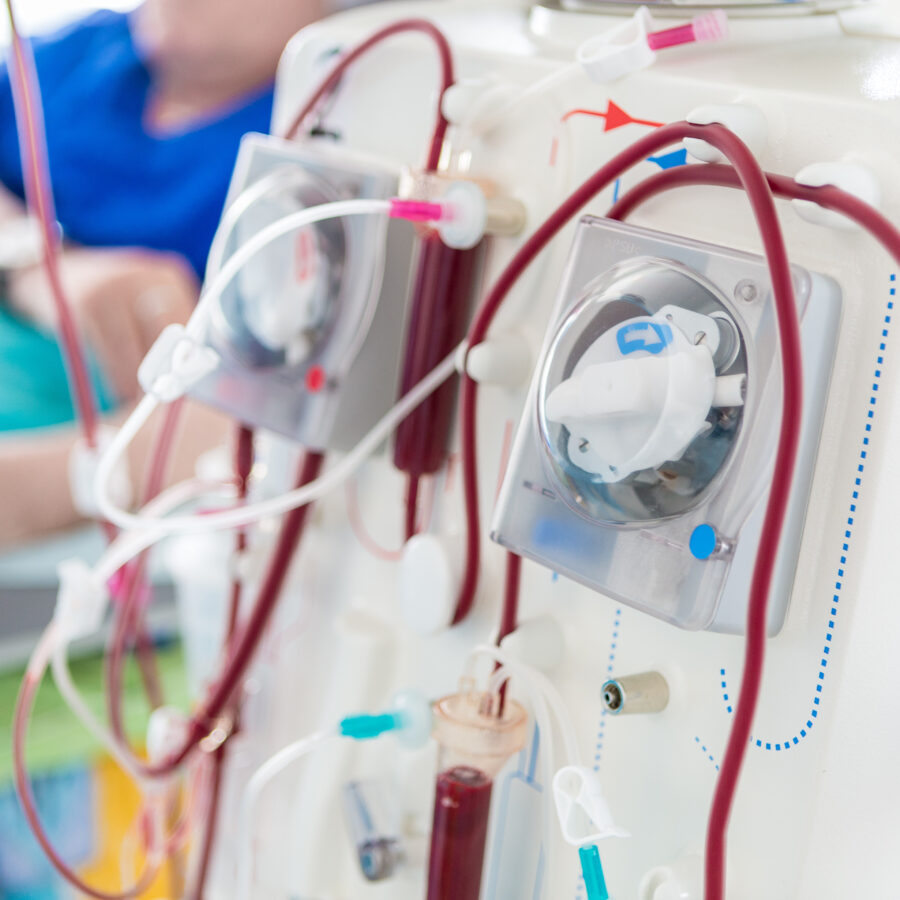
What is the Ellipsys Access System?
The Ellipsys system is a less invasive approach to hemodialysis access. This endovascular procedure can replace AV fistula surgery with a simple, non-surgical outpatient procedure.
Why do I need dialysis access?
Your kidneys act as your body’s waste disposal system, filtering your blood and removing toxins. When your kidneys don’t work properly, over time these toxins can make you feel sick, tired, or weak.
To help manage the problems, your doctor may prescribe hemodialysis, a therapy that uses a machine to replace the normal blood-filtering function of your kidneys.
To perform hemodialysis, the doctor needs a way to repeatedly reach, or access, your bloodstream. This access helps by providing blood from your body to the dialysis machine, where it is cleaned and then returned to you.
Tell Me More...
While many patients start hemodialysis using a catheter, this access is only meant to be temporary due to the high risk of infection compared to fistulas
and grafts.
The most common type of permanent access is called an arteriovenous fistula, or AV fistula. A traditional AV fistula requires surgery to connect an artery and a vein, typically in the arm. These fistulas can be a challenge to maintain, sometimes requiring repeat procedures to keep them working well.
The Ellipsys vascular access system can replace AV fistula surgery with a simple, non-surgical procedure that is performed right in the office. When it’s over, you will leave the office with just a bandaid.
The Ellipsys System
- Does not require an incision or sutures, only a small needle stick.
- Procedure is faster and less invasive.
- Presents fewer complications over the lifetime of the dialysis access.
- Leaves no metal or implant behind in your body.
- May place less stress on the heart compared to a traditional upper-arm surgical fistula.
Following the procedure, patients go home with just a small bandage.
What about Follow-Up Care
After the procedure, your doctor will likely schedule two follow-up visits to check the readiness of your fistula for hemodialysis.
Visit 1
Your doctor or an ultrasound technologist will take ultrasound pictures of your fistula to ensure it is working well and getting stronger.
Visit 2
If needed, your doctor may perform a second type of procedure to increase or help direct the blood flow in the fistula so it can be used properly for hemodialysis.